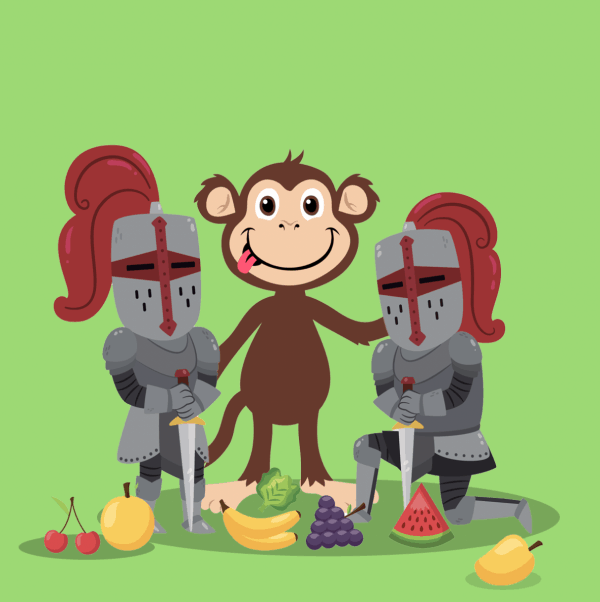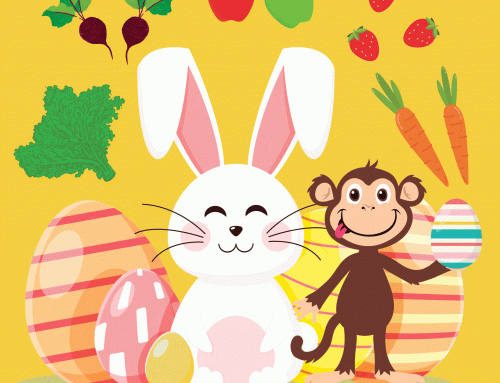
The Battle of the Taste Buds
By Sade Meeks, MS, RD
Have you struggled to get your child to eat their vegetables? Do you find that they only like sweet foods? Well, this is the picture for the estimated 25% of children who are picky eaters. Trying to get a picky eater to eat certain foods is sometimes a hard battle, especially when you are up against nature. However, you have an advantage when you know what you are up against. It’s time to meet your competitors. Here are three things that naturally influence your child’s taste preferences.
- Instinct
Moms know their children, right down to their cry. I bet you can distinguish an “I want your attention” cry from a “there’s something really wrong” cry. It is just a mother’s instinct to pick up on these things. Well, mothers aren’t the only ones with instinct. Babies are born with a natural aversion to bitter flavors, which protects them from eating anything rancid or poisonous (1). This protection mechanism is possible through the 30,000 taste buds on their tongue. That is 3 times the amount of taste buds of the average adult! This instinct explains why children are born preferring the sweet taste of milk.
- Genetics
What genes did your child get from you? Height? Hair color? Eye color? PTC gene? Well, that one, you may not be too sure of. PTC is the not so obvious gene, that influences you and your child’s taste preferences. Variations of this gene may result in bitter sensitivity, bitter insensitivity, or somewhere in between (2). Children with bitter sensitivity or super tasters, may also be picky eaters. They avoid eating bitter vegetables, such as broccoli, cauliflower, cucumbers, and brussel sprouts, while preferring highly sweetened foods.
- Growth
Have you ever observed sudden changes in your child’s eating behavior? A child’s sudden inclination to eat more sweets than usual may be referred to as a sweet tooth, but could it be more to it? Studies suggest that a child’s desire for sweets may increase during a growth spurt (1). Our bodies are designed to tell us when we are hungry and full, and for a hungrier than usual child, it could also be the body telling them “you are growing”. Therefore, the growing child may naturally gravitate towards sugary foods, which are generally associated with higher calories, during growth spurts.
Nature vs Nurture
Despite instinct, genetics, or biology, your child can still learn to enjoy other tastes. It is simply a battle of nature vs. nurture, and spoiler alert – nurture wins! Examples of nurture could be increasing your child’s exposure to certain foods. Studies show that multiple exposures of a new flavor can make a positive impact on your child’s flavor preference (2). Creating Positive experiences around food can also help put “nurture” ahead of “nature”. Also, try to include foods in more than just meals and snacks. Foods can play a great role in sensory play and learning.






